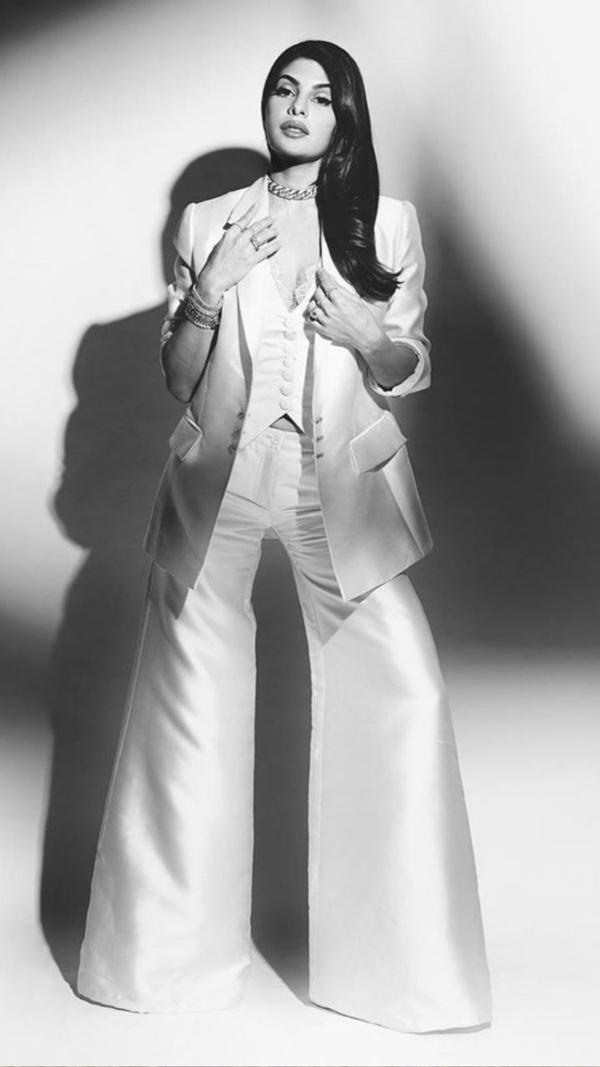- News
- Sports News
- The future of women in F1: Will we See a female driver in formula 1 soon?
Trending
The future of women in F1: Will we See a female driver in formula 1 soon?
Female drivers are making strides in Formula 1. With the launch of the F1 Academy in 2023, there is now a clear path for young women to reach the top. F1 teams are supporting this initiative, and it's predicted that a female driver will join the F1 grid within the next 4 to 8 years.
Formula 1 has always been a male-dominated sport. In over 70 years of competition, only two women—Maria Teresa de Filippis and Lella Lombardi—have ever started a Grand Prix. Others, like Divina Galica, Desiré Wilson, and Giovanna Amati, tried to qualify but never made it onto the grid. The last time a woman raced in F1 was 1976.
For nearly five decades, people have been asking the same question: when will we see another female driver in Formula 1? In the past, the answer always felt out of reach. The pipeline wasn’t there, the opportunities were scarce, and the sport never made it a priority. But now? Things are starting to change.
Rising female drivers who could make it to F1
The talent is there. The question is whether the sport will give them the opportunities they need to take the final step.
How F1 teams are Supporting female drivers
And people inside the sport believe it’s only a matter of time. Jessica Hawkins, Aston Martin’s F1 Academy head, predicts we’ll see a female driver in F1 within 4 to 8 years. That might still sound like a long wait, but compared to the last five decades? It’s real progress.
Also Read: When Carlos Sainz's F1 dream was nearly destroyed by Red Bull
When will we see a female driver in F1 again?
If things continue moving in the right direction, the next big F1 rookie announcement might not just be about another young talent—it could be about history being made.

About the Author
TOI Sports DeskEnd of Article
FOLLOW US ON SOCIAL MEDIA







